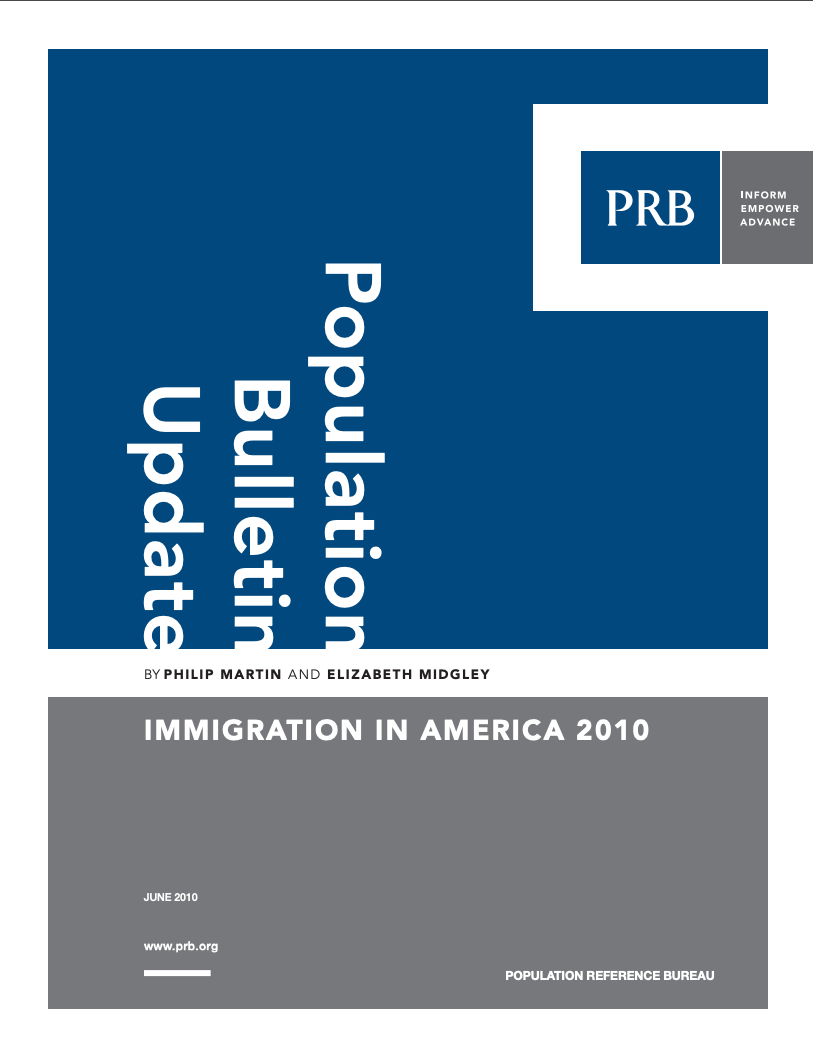Earthquake Magnifies Haiti’s Economic and Health Challenges
Even before the massive earthquake in January 2010, Haiti's nearly 10 million people ranked as the poorest in the Western Hemisphere.
Even before the massive earthquake in January 2010, Haiti's nearly 10 million people ranked as the poorest in the Western Hemisphere.
(April 2002) For the same reason that a picture is worth a thousand words, maps are important tools for communicating information and for analyzing data in a spatial context.
(2006) Census taking seems a quiet affair to most people in the United States, where the head count runs relatively smoothly and is reliably decennial.
(2008) Each year, nearly 10 million children die, mostly from preventable and treatable causes. Millions of children in low-income countries suffer from long-term illnesses, malnutrition, and injuries that limit their life options. What can we do to improve children's health and save lives in low-income countries? What are the links to mother's health?
(2009) Lack of access to quality health care and clean water and sanitation, undernutrition, and other preventable or treatable causes lead to the deaths of tens of thousands of children worldwide every day.

This Population Bulletin Update is a follow-up to 2006's Population Bulletin, "Immigration: Shaping and Reshaping America" by Phil Martin and Elizabeth Midgley, and provides new data and analysis on the economic impacts and policy debates around immigration.
(2006)In June, the body of Philip Merrill, a Maryland-based publisher and philanthropist who had donated tens of millions of dollars to his favorite causes and served on many high-profile diplomatic and intelligence assignments, was found in the Chesapeake Bay. An autopsy confirmed that Merrill, age 72, died of a self-inflicted gunshot wound.

Project: Demography and Economics of Aging and Alzheimer’s Disease
Dementia is one of the nation’s most expensive old-age health conditions and the most time consuming for family caregivers.